Major Bird Groups of the Central Valley
Experts use the best available science to identify biologically based conservation objectives for the eight major bird groups on which the CVJV focuses its efforts.
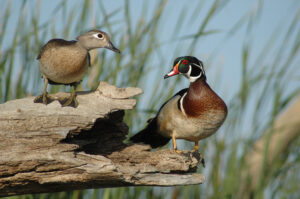
Non-Breeding Waterfowl
The Central Valley hosts hundreds of thousands of breeding ducks in the spring and summer. Breeding ducks in the Central Valley require upland and wetland habitats, in proximity to each other. Upland habitats, which are used for nesting, include natural or planted uplands, pasture and certain annual crops (growing or idle). Wetland ponds and planted rice fields that are used for brood rearing contain water in the spring and summer. Post-breeding adults also need wetlands that remain flooded until late summer, during their flightless wing-molt period.
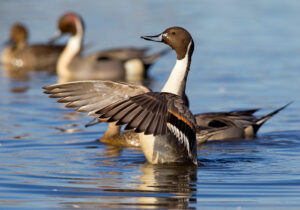
Breeding Waterfowl
The Central Valley hosts hundreds of thousands of breeding ducks in the spring and summer. Breeding ducks in the Central Valley require upland and wetland habitats, in proximity to each other. Upland habitats, which are used for nesting, include natural or planted uplands, pasture and certain annual crops (growing or idle). Wetland ponds and planted rice fields that are used for brood rearing contain water in the spring and summer. Post-breeding adults also need wetlands that remain flooded until late summer, during their flightless wing-molt period.
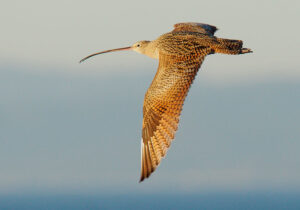
Non-breeding Shorebirds
Numerous shorebird species flock to the Central Valley during their non-breeding season, which includes winter as well as fall and spring migration. The Valley provides critical foraging habitat for these species and is a region of international significance for shorebird conservation. Protecting sufficient habitat to support resilient populations of these bird species also benefits other groups of birds, other wildlife, and the regional economy.
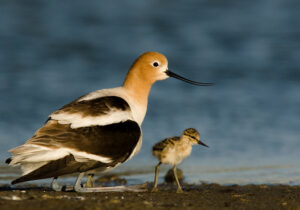
Breeding Shorebirds
Shorebird breeding season in the Valley peaks from mid-April through mid-July, when they require permanent and semi-permanent wetlands and shallowly flooded rice fields, with water depths from zero (mudflats) to 8 inches. Shorebirds often nest on small earthen mounds in flooded habitat or on sparsely vegetated ground adjacent to or surrounded by suitable foraging habitat. The CVJV focus on the American Avocet, Black-necked Stilt and the Killdeer in this group.
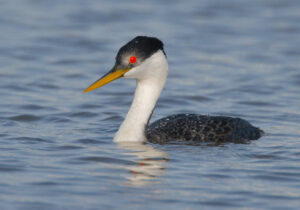
Breeding and Non-breeding Waterbirds
Central Valley wetlands play a vital role for North American waterbirds and provide a multitude of benefits to people. Although less than 10% of the Central Valley’s historical wetland acreage remains, this region still supports populations of a diverse array of waterbird species
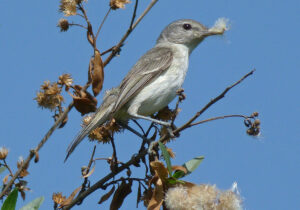
Breeding Riparian Landbirds
Central Valley riparian areas – land alongside rivers and streams – are structurally complex and may contain a canopy, subcanopy, and understory layers. These habitats were severely degraded by the end of the 20th century. However, partnerships working together have seen success restoring and protecting these sensitive areas.
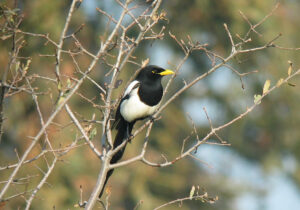
Breeding Grassland-Oak Savannah Landbirds
Grassland and oak savannah ecosystems that are important both to native wildlife and to the people living in this region. These upland ecosystems form a ring of open country, foothills and rangelands surrounding the valley floor. Though more than half of historical grassland and oak savannah acreage has been lost, the remaining habitat supports a thriving community of native landbirds.
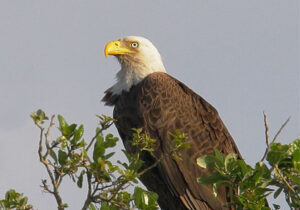
At-Risk Bird Species
This bird group targets all at-risk species found in the region—not just those with threatened or endangered status—it can be used to broaden the scope and improve the effectiveness of large-scale conservation planning efforts in the region.

